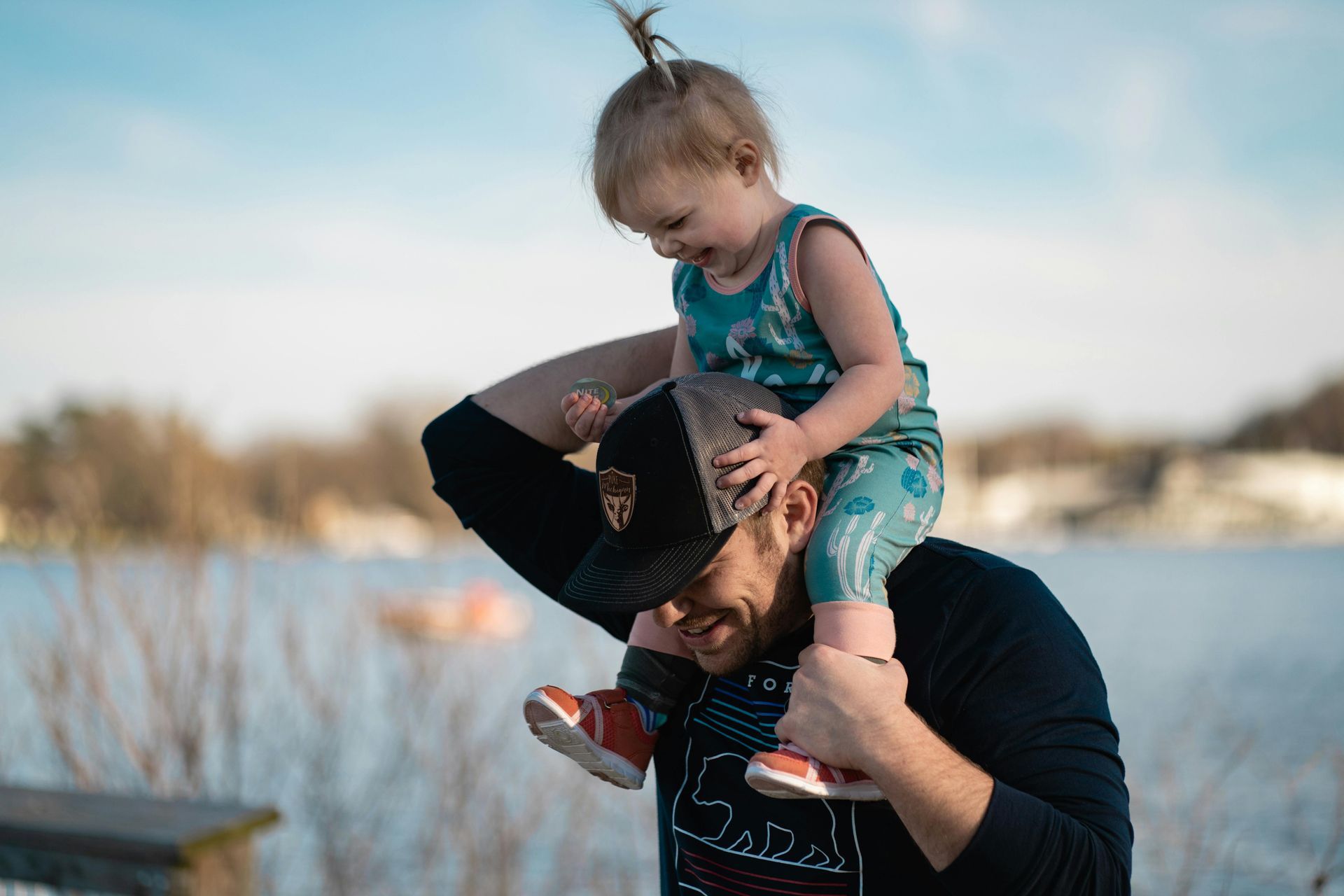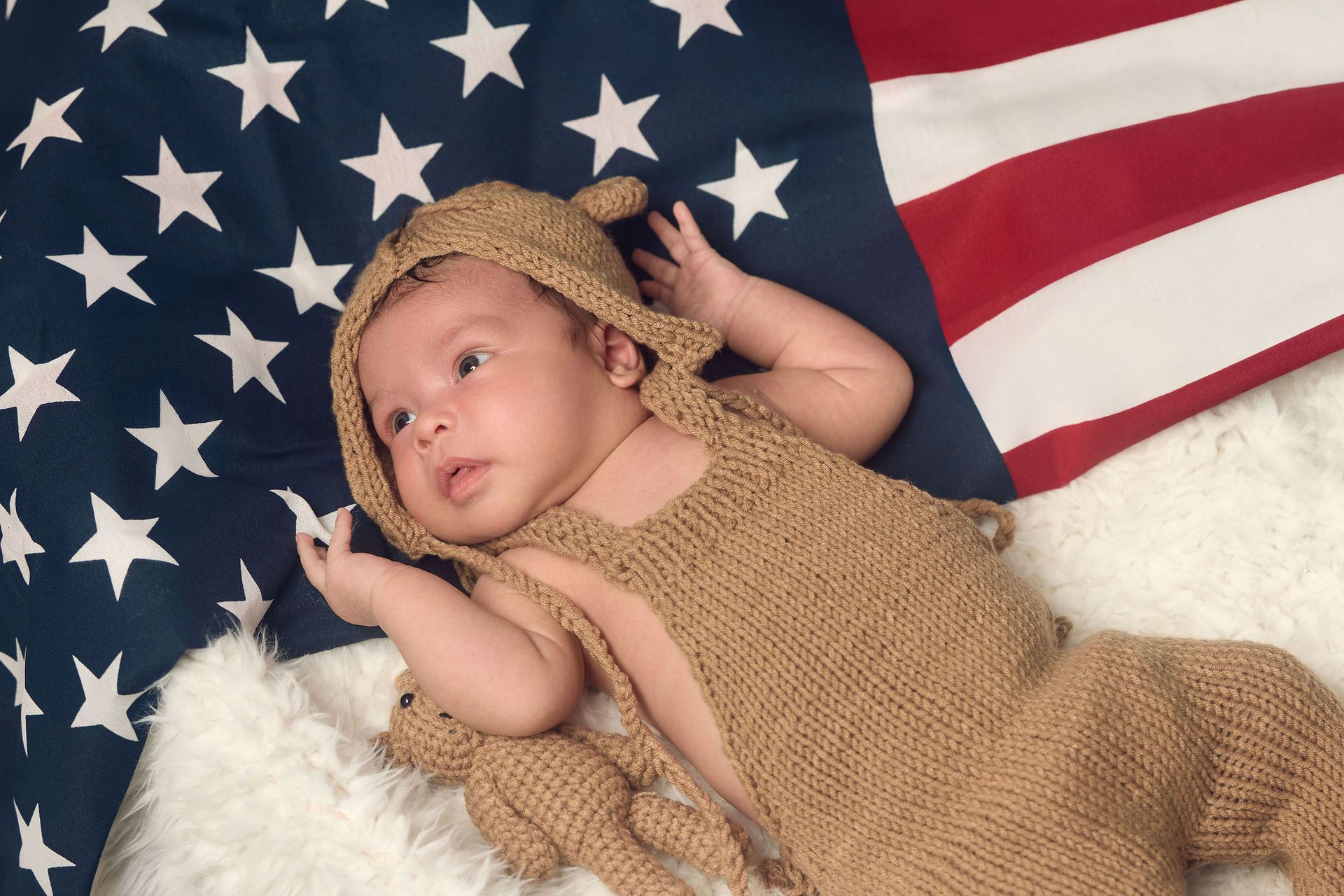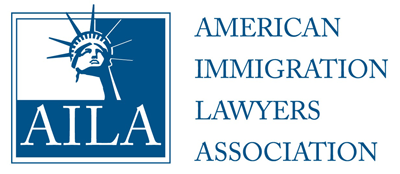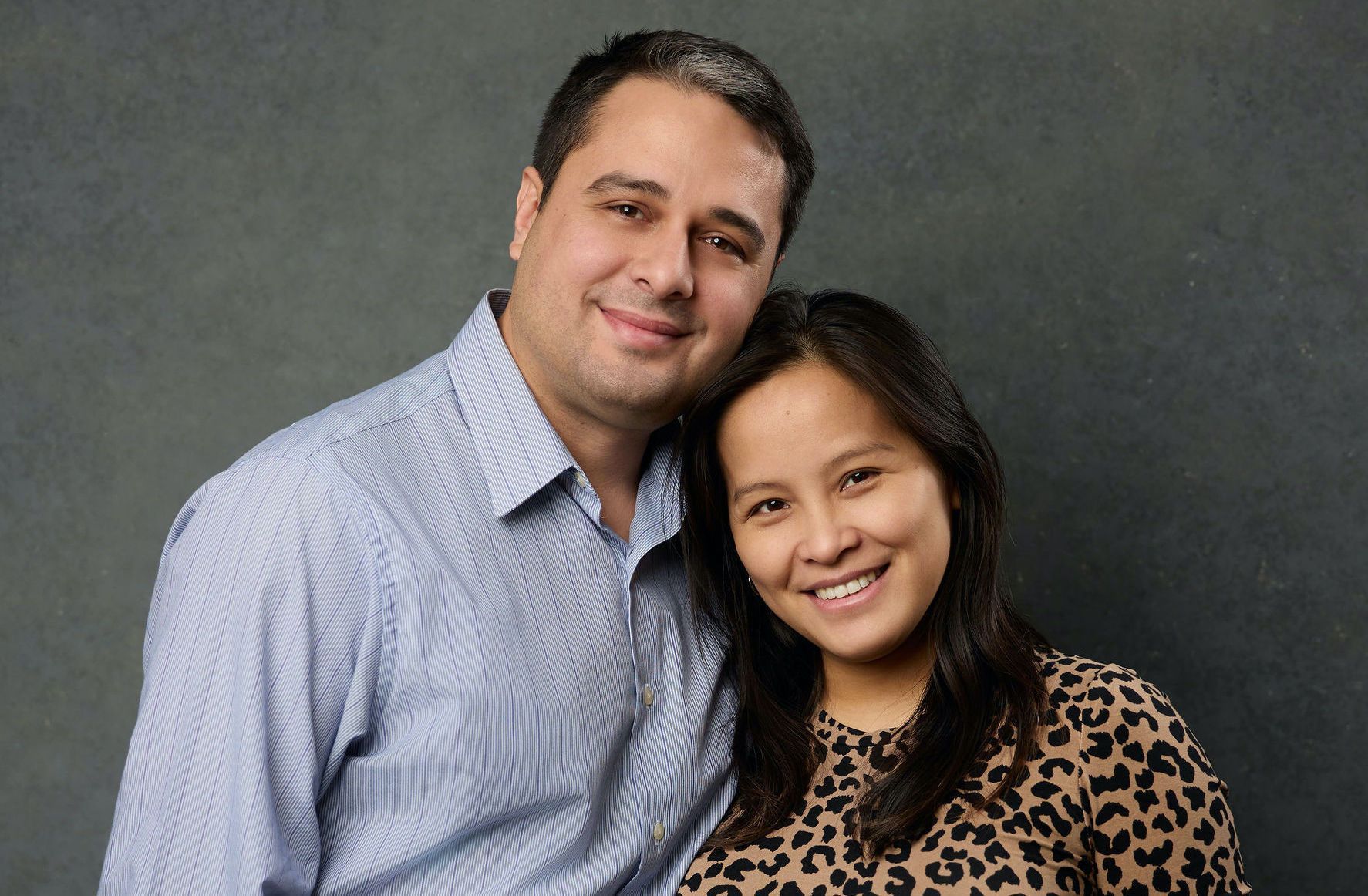US Citizen’s Guide to the Fiancee Visa Process in Guangzhou China

Congratulations on moving your relationship to the next step! The Fiancee Visa, although a long and confusing process, is the proper visa to bring a Fiancee into the United States for the purpose of marrying a US Citizen and immigrating to the US. The K-1 Fiancee Visa is an Immigrant Visa used for 1 trip to the US to marry within 90 days after entry to the US Citizen that petitioned her.
This post will tie together the many common questions and our office resources to provide a helpful guide for US Citizens considering the K1 Visa process for their foreign fiance.
What are the Eligibility Requirements for the I-129F Filing?
- The US Citizen wants to start the filing
- The Relationship is bona fide and with love
- The US Citizen and Chinese Fiancee have physically seen each other (physically been in the same room, city, country) within the past 2 years
- The US Citizen and Chinese Fiancee intend to marry with the K-1 Visa within 90 days after entry
- The US Citizen and Chinese Fiancee are legally “free to marry,” meaning not married to anyone else
- The US Citizen has a stable income to support the couple, and that income overcomes Federal Poverty Level Guidelines.
The Fiancee Visa has 3 steps:
- Step 1: I-129F Petition filed with USCIS. The I-129F Petition must be approved, then sent to the NVC, and then sent to the US Consulate General in Guangzhou China before Step 2 may begin.
- Step 2: DS-160 K-1 Fiancee Visa application filed with the US Consulate General in Guangzhou China, which allows the fiancee to enter the US
- Step 3: I-485 Adjustment of Status filing with USCIS to receive a Green Card
Can the Interview occur in another Consulate in China?
No, only the US Consulate General in Guangzhou China can issue an Immigrant Visa and the K-1 Fiance Visa. The following Consulates CANNOT perform the Interview:
- U.S. Embassy Beijing
- U.S. Consulate General Chengdu
- U.S. Consulate General Shanghai
- U.S. Consulate General Shenyang
- U.S. Consulate General Wuhan
What are normal processing time estimates for Guangzhou China Fiance Visa filings:
- Step 1 can take anywhere from 14 to 16 months to process. For more up-to-date estimates, USCIS Processing times can be checked here: /immigration/how-do-i-check-uscis-processing-times/
- Step 2 normally processes within 4 months of the approval of Step 1, but it is not uncommon for the filing to take a few weeks or months extra due to backlog at the US Consulate in China
- Step 3 can take as little as three months and as long as 5 years (depending on the USCIS Jurisdiction). USCIS Processing times can be checked here: /immigration/how-do-i-check-uscis-processing-times/
What if a filing is already submitted, and taking too long, how can the average processing time be checked?
The below blog post helps locate the USCIS Tool to see up-to-date processing times. If a filing is taking too long, it is best to see if it is processing at the same pace as others.
If the filing is processing slowly, the USCIS Website has an electronic request submission feature that would ask for a USCIS Officer to look into the matter and see what is the delay. The link to that submission feature should be used after checking the average processing time. It is not possible to submit a request early. Only requests outside of normal processing time are able to use the following Electronic Request Submission link: https://egov.uscis.gov/e-request/displayONPTForm.do?entryPoint=init&sroPageType=onpt
What documents are required?
Our office has an Immigration Checklist here: /immigration/immigration-checklist-what-our-law-office-generally-recommends/
How to prepare a Letter of Intent for this process:
Below is a template our office has created to assist:
How many Interviews are there?
There are generally 2 interviews.
- During Step 2 of the process, only the Chinese Fiancee must attend an interview. The US Citizen cannot attend or even enter the US Embassy, even if they are present in China when the interview occurs.
- However, during Step 3 of the process, if a green card interview is scheduled, BOTH spouses must appear.
Are there any Consular Interview instructions?
The Guangzhou Consulate provides the following instructions for consular interviews: https://travel.state.gov/content/travel/en/us-visas/Supplements/Supplements_by_Post/GUZ-Guangzhou.html
What is the I-134 and is it required?
The I-134 is an Affidavit of Support. The I-134 and its financial supporting documents are required in the Fiancee Visa Process. The affidavit of Support allows the US Embassy to evaluate the financial stability of the US Citizen and their ability to support the foreign fiance. More information on the I-134 may be found here: /immigration/youtube-the-i-134-affidavit-of-support/
Can I travel to the US while my K visa is pending?
Typically, no! A pending K Visa process does not in of itself allow someone to travel to the US. If the Chinese Fiancee has a Tourist Visa, then temporary travel to the US is possible; however, having a non-immigrant tourist visa to travel to the US does not mean you will 100% be able to enter the US during an immigrant filing. The safest travel is travel with the K-1 Fiance Visa.
What kind of questions may be asked during the interviews?
The Consular Interview is the time and place when a consulate officer will investigate the relationship and supporting documents. The normal questions are generally:
- How did the couple meet?
- Who asked who out first?
- How was the dating period like?
- How was the engagement?
- What is the US CItizen’s full name, date of birth, and address?
- What are the names of the parents of the US Citizen?
- Has the US Citizen ever had any previous marriages?
- What kind of work does the US Citizen spouse do?
- What are the names of any children of the US Citizen?
- Where do you plan to live in the US?
For the USCIS Green Card Interview, the following questions, apart from the above, may likely be asked:
- How was the wedding and honeymoon?
- How is married life?
- Did you meet each other’s family?
- Who wakes up first in the morning?
- Where does the US Citizen Spouse work?
- Who cooks? And, what is normally cooked?
- When does a spouse arrive home from work?
- Who handles the finances? Pays the bills?
- How many cars do you have?
- The Officer may ask to match the spouse’s keys
- The Officer may ask about stories surrounding Spousal Photos brought to the Interview to prove a continued relationship
- The Officer may ask about the wedding witnesses
If you require assistance with the Chinese Fiance Visa process, please consider contacting our office to set up a consultation with our Immigration Attorney.
Disclaimer: This Blog is made available by the lawyer or law firm publisher for educational purposes only as well as to give you general information and a general understanding of the law, not to provide specific legal advice. By using this blog site you understand that there is no attorney-client relationship between you and the Blog/Web Site publisher. The Blog should not be used as a substitute for competent legal advice from a licensed professional attorney in your state.
The post US Citizen’s Guide to the Fiancee Visa Process in Guangzhou China appeared first on Fickey Martinez Law Firm.












